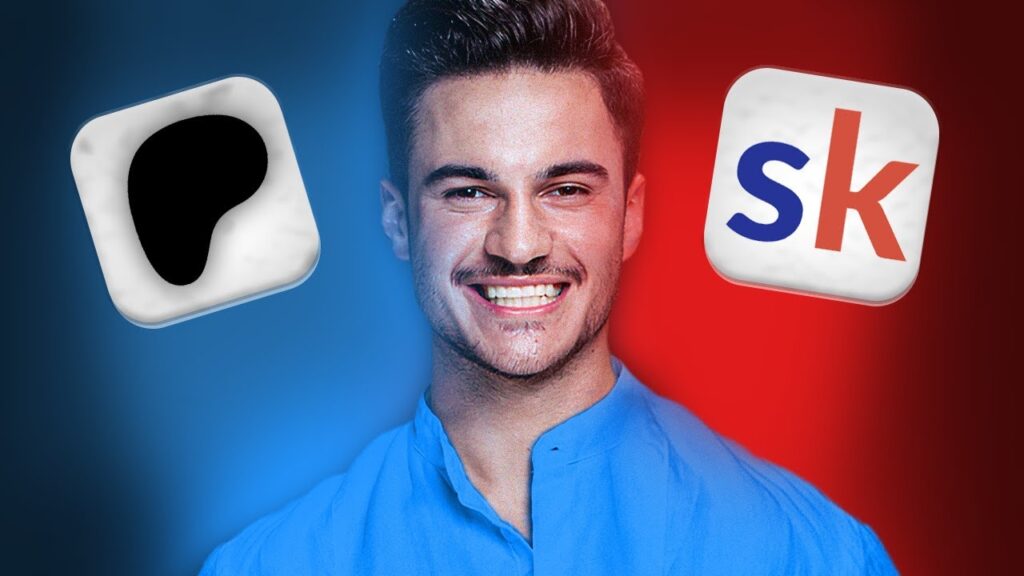Comparing School and Patreon: Which Platform is Right for Creators?
In today’s digital landscape, creators often seek platforms that allow them to monetize their content while fostering community engagement. Two notable options on the market are School and Patreon. In this article, we’ll compare these platforms based on features, community engagement, monetization options, pricing, and more. By the end, you should have a clearer idea of which platform aligns best with your goals as a creator.
Overview of Both Platforms
School
School is a hybrid platform that combines structured learning with community engagement. It’s particularly popular among educators, coaches, and course creators who aim to build an interactive space for students or members. School enhances the learning experience through gamification and interaction, turning tutorials into engaging experiences.
Patreon
On the other hand, Patreon is a membership-based platform that allows creators to monetize their work directly through fan subscriptions. Creators can offer exclusive content, behind-the-scenes updates, and perks tied to different membership tiers. It focuses explicitly on creating a sustainable revenue model for content creators.
Monetization Options
Monetization is essential for any creator, and here’s how these platforms compare:
School
With School, monetization is indirect. Creators can sell access to their community or courses through external payment processors, such as Stripe. However, the platform does not facilitate direct payments through tiered memberships, focusing instead on education and interaction.
Patreon
Patreon excels in monetization, offering tiered subscription levels that allow creators to provide various perks at different price points. This structure is ideal for creators who want to offer exclusive content or rewards in exchange for recurring revenue from their supporters.
Community Engagement
School
Community engagement is a strength of School. The platform offers gamified features like leaderboards, badges, and points to incentivize participation. Members can interact through posts, comments, and discussions, making it a perfect fit for those who prioritize an active and collaborative community.
Patreon
In contrast, Patreon’s engagement tools are more basic. Creators can share posts, videos, and updates, but there is limited interaction among fans within the platform. For creators seeking deeper community engagement, using Patreon may require pairing it with other platforms.
Content Hosting and Delivery
School
When it comes to hosting content, School allows users to structure and host educational materials like courses and lessons directly on the platform. This makes it an excellent choice for creators who want to integrate learning materials with their community.
Patreon
Patreon, however, isn’t designed for structured educational experiences. It’s better suited for delivering one-off content such as videos, blog posts, or podcasts. While it’s an excellent platform for ongoing content sharing, it lacks the features for course hosting.
Pricing Comparison
Pricing can significantly influence your choice of platform:
School
School charges a flat fee of $99 per month, allowing unlimited members without taking a cut from your earnings. This makes it a predictable and scalable option for creators selling courses or memberships externally.
Patreon
Patreon uses a percentage-based fee structure that ranges from 5% to 12%, depending on the plan (Lite, Pro, or Premium). While this can be beneficial for beginners, it becomes increasingly expensive as your subscriber base grows. Getting started on Patreon is free, but the percentage cut from your earnings can add up over time.
Customization and Branding
School
When it comes to customization, School offers limited options. It maintains a clean, straightforward interface, which keeps the platform simple and easy to use but doesn’t allow for extensive branding.
Patreon
Patreon also has limited customization options. Creators can personalize their pages with banners, logos, and descriptions, yet the branding still heavily ties to Patreon’s identity.
Payment Options and Transaction Fees
School
With School, payments are managed through external integrations like Stripe, meaning that transaction fees depend on your chosen payment processor. School itself does not charge additional fees.
Patreon
Patreon manages all transactions but takes a cut from your earnings, on top of additional processing fees. This structure can be costly for creators with larger income streams.
Conclusion: Which Platform Should You Choose?
Choose School if you’re an educator, coach, or course creator looking to integrate structured learning into an engaging community format. It’s ideal for fostering an active and collaborative learning environment.
Opt for Patreon if your primary focus is monetizing content through membership. It’s an excellent choice for creators who want recurring revenue and prefer to share exclusive content without the need for extensive community interaction.
Both platforms serve different purposes, and your choice should depend on what you prioritize as a creator. Let us know your thoughts in the comments below! Are you team School or team Patreon? If you enjoyed this comparison, be sure to like, subscribe, and hit the notification bell for more insightful content. Thank you for reading, and we’ll see you in the next article!


 | Automate Docs with Templates
| Automate Docs with Templates | Automate WordPress with Make Workflows
| Automate WordPress with Make Workflows
 | Step-by-Step Guide for PC Gamers
| Step-by-Step Guide for PC Gamers | Quick Guide To Copy And Share Your GitHub URL
| Quick Guide To Copy And Share Your GitHub URL
